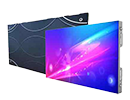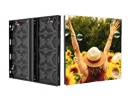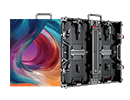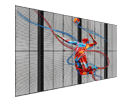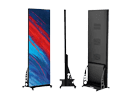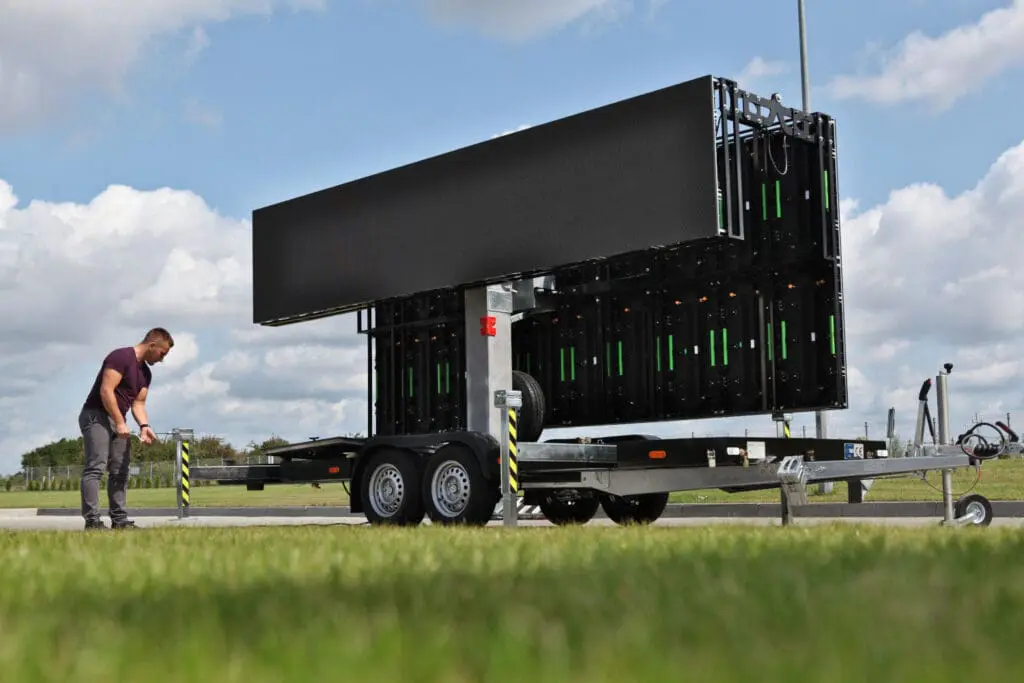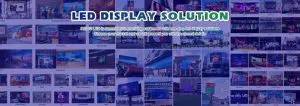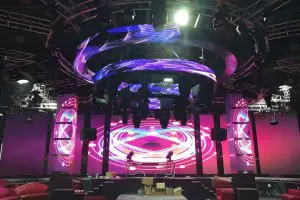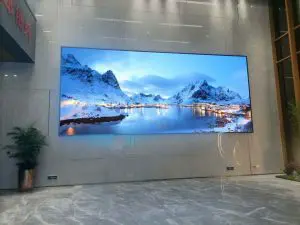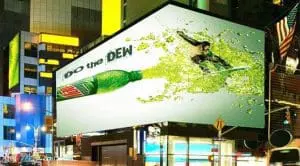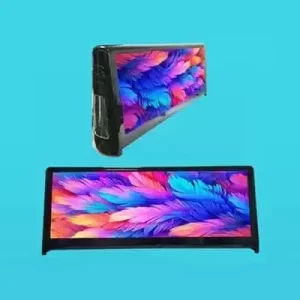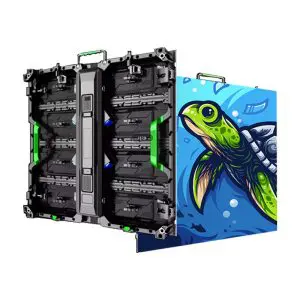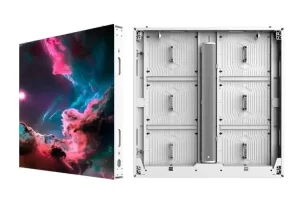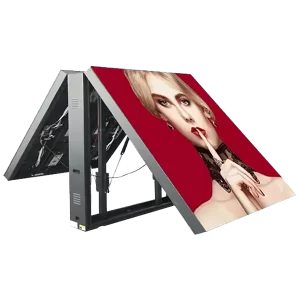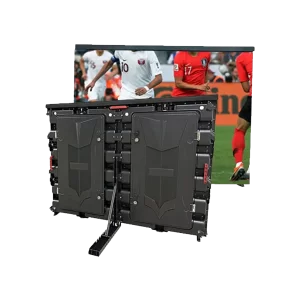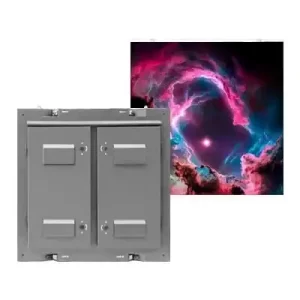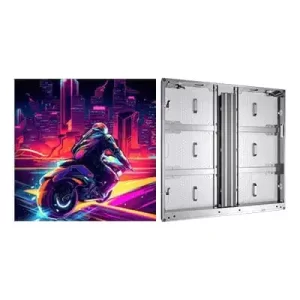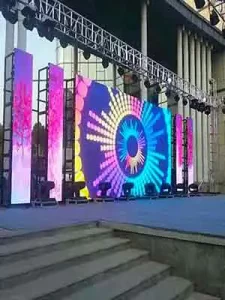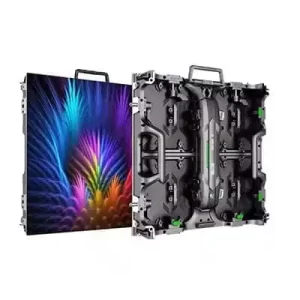Advertising Vehicle LED Display Screen: Ultimate Guide to Features, Benefits, Applications, Costs, and Buying Tips
An advertising vehicle LED display screen is a mobile digital signage solution mounted on vehicles like trucks, vans, or buses to deliver dynamic advertisements, promotions, and messages while on the move. These screens use high-brightness LED technology to ensure visibility in various lighting conditions, making them ideal for urban marketing, events, and brand campaigns. With the global mobile advertising market projected to reach $400 billion by 2025, growing at a CAGR of 18.4% (source: Statista), advertising vehicle LED display screens are transforming traditional marketing by offering portable, eye-catching displays that reach audiences in real-time.
What Is an Advertising Vehicle LED Display Screen?
An advertising vehicle LED display screen is a specialized LED display system installed on vehicles to broadcast dynamic content such as videos, images, and text for advertising purposes. These screens are designed for mobility, with rugged constructions that withstand vibrations, weather, and road conditions while maintaining high visibility. Typically mounted on the sides, rear, or roof of vehicles, they turn ordinary trucks or vans into moving billboards.
The technology involves weatherproof LED modules encased in protective housings, often with aluminum frames for durability and heat dissipation. Screens can be single-sided or double-sided, with sizes ranging from 1m x 1m to 5m x 3m, and pixel pitches optimized for moving viewers (P3–P10). According to MarketsandMarkets, the vehicle-mounted display market is growing at 12% CAGR, fueled by urban advertising needs. For example, companies like Uber use similar systems on vehicles for targeted ads, reaching 1 million impressions per day in major cities.
These screens are not just displays—they’re mobile marketing tools that combine GPS tracking for location-based ads with real-time updates via 4G/5G, making them far more effective than static vehicle wraps.
Types of Advertising Vehicle LED Display Screens
Advertising vehicle LED display screens vary by design, size, and functionality. Here’s a detailed overview:
- Side-Mounted Advertising Vehicle LED Screens
Applications: Truck sides for roadside ads.
Features: Double-sided options; vibration-resistant mounts.
Best For: Urban driving campaigns. - Roof-Mounted Advertising Vehicle LED Screens
Applications: Taxis or buses for elevated visibility.
Features: Aerodynamic designs; 360° viewing.
Best For: High-traffic city routes. - Rear-Mounted Advertising Vehicle LED Screens
Applications: Van rears for following traffic.
Features: Compact and low-profile; easy install.
Best For: Delivery vehicles. - Portable Advertising Vehicle LED Screens
Applications: Removable for events.
Features: Magnetic mounting; battery-powered.
Best For: Temporary promotions. - Curved Advertising Vehicle LED Screens
Applications: Wraparound on custom vehicles.
Features: Flexible panels for contours.
Best For: Creative branding. - Interactive Advertising Vehicle LED Screens
Applications: QR code or touch ads.
Features: Sensor integration for engagement.
Best For: Interactive campaigns.
| Type | Pixel Pitch Range | Brightness (Nits) | Mounting Style | Ideal Applications | Average Cost per m² (USD) |
|---|---|---|---|---|---|
| Side-Mounted | P3–P6 | 4,000–6,000 | Fixed to sides | Roadside Ads | $1,000–$2,000 |
| Roof-Mounted | P4–P8 | 5,000–7,000 | Elevated roof | City Routes | $1,200–$2,200 |
| Rear-Mounted | P3–P5 | 3,000–5,000 | Rear panel | Delivery Vehicles | $900–$1,800 |
| Portable | P3–P6 | 4,000–6,000 | Magnetic/Removable | Events | $1,100–$2,000 |
| Curved | P4–P7 | 4,000–6,000 | Flexible wrap | Branding | $1,300–$2,300 |
| Interactive | P2.5–P5 | 3,000–5,000 | With sensors | Engagement Campaigns | $1,500–$2,500 |
Key Features of Advertising Vehicle LED Display Screens
These screens are optimized for mobility:
- High Brightness: 3,000–7,000 nits for daylight visibility.
- Weatherproof Design: IP65+; withstands rain, dust, and vibrations.
- Lightweight Construction: 10-20 kg/m² for vehicle efficiency.
- Pixel Pitch Flexibility: P3–P8 for clear moving images.
- Power Efficiency: Solar or battery options; 200–400 W/m².
- Real-Time Connectivity: 4G/5G/GPS for location-based ads.
- Durability: Shock-absorbent materials; anti-glare coatings.
- Content Management: Cloud apps for remote updates.
These ensure effective mobile advertising.
Benefits of Advertising Vehicle LED Display Screens
- Mobile Reach: Cover wide areas, increasing impressions 50%.
- Dynamic Content: Videos boost engagement 40%.
- Cost-Effective: Lower than fixed billboards; ROI in months.
- Durability: Last 50,000+ hours on roads.
- Customization: Tailor to vehicle size.
- Eco-Friendly: Low power reduces emissions.
- Analytics: Track views via GPS.
- Versatility: For ads, events, public info.
Case: Red Bull’s fleet uses them for promotions, reaching 1 million views weekly.
Applications of Advertising Vehicle LED Display Screens
- Mobile Advertising: Brand campaigns on trucks.
- Events: Promotional vans at festivals.
- Political Campaigns: Election messaging.
- Retail: Product launches on delivery vehicles.
- Public Service: Emergency alerts on buses.
- Entertainment: Tour promotions.
Case: Coca-Cola’s trucks generate $10 million in exposure annually.
Technical Specifications of Advertising Vehicle LED Display Screens
| Specification | Details |
|---|---|
| Pixel Pitch | P3–P8 |
| Brightness | 3,000–7,000 nits |
| Refresh Rate | ≥1,920 Hz |
| Viewing Angle | 140°–160° |
| IP Rating | IP65+ |
| Power Consumption | 200–400 W/m² |
| Lifespan | 50,000–100,000 hours |
| Weight | 10–20 kg/m² |
How to Choose the Right Advertising Vehicle LED Display Screen
- Vehicle Type: Match to size.
- Brightness: For daytime use.
- Durability: IP65+ for weather.
- Budget: Balance with ROI.
Installation Guide for Advertising Vehicle LED Display Screens
- Vehicle Prep: Secure mounting points.
- Screen Attachment: Use brackets.
- Wiring: Connect power/GPS.
- Testing: Road test.
- Maintenance: Check vibrations monthly.
Costs: $2,000–$10,000.
Costs of Advertising Vehicle LED Display Screens
$900–$2,500 per m²; full setups $5,000–$20,000. ROI in 3-6 months.
Future Trends in Advertising Vehicle LED Display Screens
- Autonomous vehicle integration.
- AR ads.
- Sustainable power.
FAQ: Common Questions About Advertising Vehicle LED Display Screens
- What is an advertising vehicle LED display screen? Mobile display for vehicle ads.
- How much does an advertising vehicle LED display screen cost? $900–$2,500 per m².
- What is the best advertising vehicle LED display screen for mobile marketing? High-brightness portable models.

